How to fix no ignition / no gas supply on Rinnai Water Heater?
- AAudrey YoungAug 13, 2025
If your Rinnai Water Heater isn't igniting or has no gas supply, verify that the gas is turned on at the water heater, gas meter, or cylinder.

How to fix no ignition / no gas supply on Rinnai Water Heater?
If your Rinnai Water Heater isn't igniting or has no gas supply, verify that the gas is turned on at the water heater, gas meter, or cylinder.
What to do if power interruption during Bath fill in Rinnai Water Heater?
If a power interruption occurs during a bath fill and water doesn't flow when power is restored to your Rinnai Water Heater, turn off all hot water taps and press the On/Off button twice.
What to do if Rinnai Water Heater water doesn't flow after a power interruption during bath fill?
If your Rinnai Water Heater experiences a power interruption while filling a bath and water doesn't flow when power is restored, turn off all hot water taps, then press the On/Off button twice.
What to do if there is a flame failure / low gas flow in my Rinnai REU-AM1620WD Water Heater?
If you experience a flame failure or low gas flow with your Rinnai Water Heater, first, ensure that the gas supply is turned on at both the water heater and the gas meter or cylinder. Then, check for any obstructions that might be blocking the flue outlet.
What to do if the wireless water controller is 'Out of Range' in Rinnai REU-AM1620WD?
If the wireless water controller (when fitted) is 'Out of Range' due to the distance from transceiver or an obstruction with your Rinnai Water Heater, try moving the wireless water controller or transceiver, or remove the obstruction.
What to do if incorrect dipswitch setting detected in Rinnai REU-AM1620WD?
If an Incorrect Dipswitch Setting is Detected on your Rinnai Water Heater, the installer needs to check the Dipswitch Settings. It is recommended to schedule a service call.
Why does my Rinnai REU-AM1620WD Water Heater have flame failure or low gas flow?
If you are experiencing flame failure or low gas flow with your Rinnai Water Heater, verify that the gas is turned on at both the water heater and the gas meter or cylinder. Also, check for any obstructions to the flue outlet.
What causes a Rinnai REU-AM1620WD Water Heater wireless controller to be out of range?
If fitted, a Rinnai Water Heater's wireless water controller might be ‘Out of Range’ because of the distance from the transceiver or an obstruction. To resolve this, try moving the wireless water controller or transceiver, or remove any obstructions.
| Type | Tankless |
|---|---|
| Fuel Type | Natural Gas |
| Gas Type | Natural Gas |
| Energy Factor | 0.82 |
| Weight | 43 lbs |
| Ignition Type | Electronic |
| Venting | Direct Vent |
| Heating Capacity | 160, 000 BTU |
| Warranty | 12 years heat exchanger, 5 years parts, 1 year labor |
| Maximum BTU Input | 160, 000 BTU |
Safety instructions and precautions before operating or installing the appliance.
Compliance standards and requirements for installation by licensed professionals.
Hazards associated with hot water, particularly scalding risks, and preventative measures.
Guidelines for safe operation, including user capabilities and child supervision.
How users can control temperature, including master/sub controller functions and limits.
Information on valid combinations and limitations for fitting multiple controllers.
List of diagnostic error codes displayed by the unit and their respective remedies.
Guidelines for optimal placement of the appliance for performance and safety.
Information on controlling and limiting hot water delivery temperature for safety.
Clearances and location requirements for horizontal flue terminals as per AS/NZS 5601.
Designation, temperature settings, and associated risks for master and sub controllers.
Maximum number of controllers and valid combinations that can be fitted.
Recommended placement for water controllers for optimal function and safety.
Detailed steps for installing the Universal Water Controller MC-601Q.
Advanced setup and activation procedures for water controllers.
Procedures for initial system testing and verification after installation.
Confirming and adjusting the hot water output temperature.

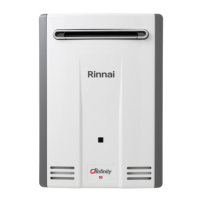


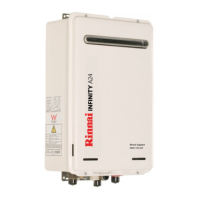
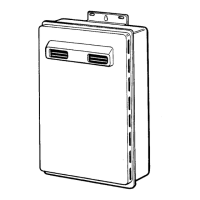
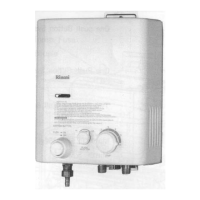
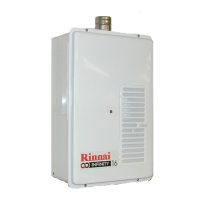

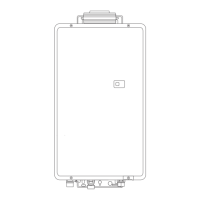


